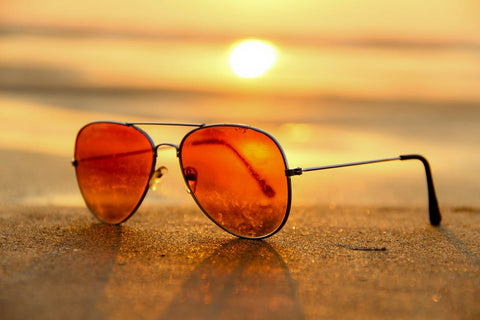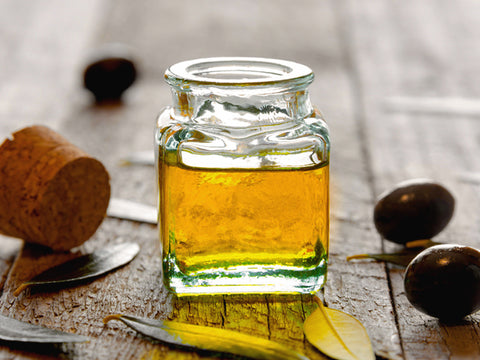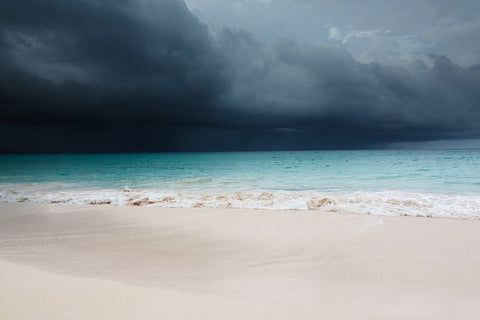Byrne – who has been working in the roofing business for nearly 25 years – said the average temperature in Glendale, Arizona during the summer is about 115 degrees.
"Basically at 100 degrees, it's not too bad," he said. "At about 110 [degrees], you start feeling it, and at 120 [degrees], you start losing productivity."
The company holds monthly safety meetings on heatstroke and exhaustion to remind its staff of smart protocol.
Here are some strategies Bryne and his roofing employees use to stay cool. Adapt them to fit your needs whether you're outside all day or working in your garden for the afternoon.
1. Hydration is key
Hydrating at frequent intervals is critical, rather than waiting until you’re at your maximum thirst.
“The minute you think you need a drink, stop and take the drink right then,” Byrne said. “If you don't you'll end up getting heat exhaustion.”
2. Drink cool – not cold – water
This distinction makes all the difference. Byrne described the sensation from drinking extremely cold water like getting a brain freeze from a Slurpee, except amplified.
3. Start early
If you’re working outside, make every effort to start before the sun comes up or at least before it’s reached its peak.
His company routinely starts work at about 5 a.m., and the crews try to finish up by 1 p.m., says Byrne.
4. Stay wet
If he notices that somebody has stopped sweating, Byrne recognizes it as the first sign of heat exhaustion. He’s experienced it more than once.
"No matter what that individual is doing, he needs to go sit in the shade, sip some water – just sip it, don't chug it – and just get yourself off the roof and in the shade," he said.
When working with metal roofing, Byrne said, he brings a hose up and douses himself with water to stay cool.
5. Dress strategically
Although the roofers are required to wear long sleeves, Byrne said he wears light colors to reflect the sun.
Even the color of your footwear is significant – Byrne said white shoes versus dark shoes could mean the difference between having cool feet and feeling like you have blisters.
Source – CNN



